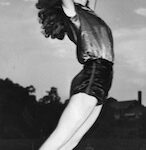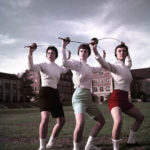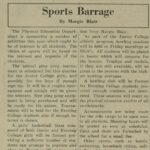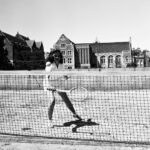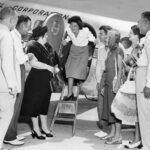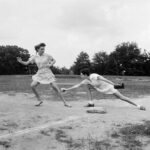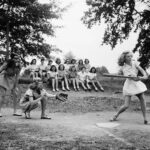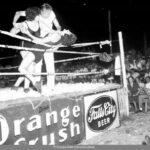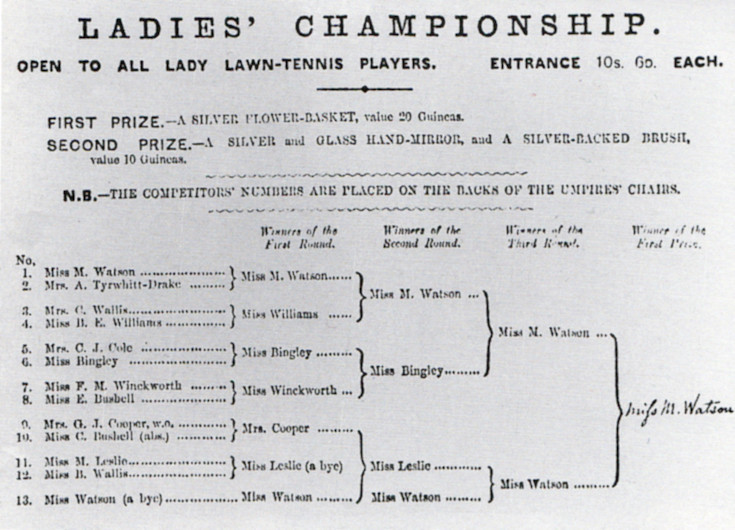A Brief History of Women’s Sports
In the 1800s women were encouraged to participate only in recreational sports such as horseback riding and swimming. By the turn of the 20th century, during the “Gay Nineties” women’s athletics clubs began to appear across the United States featuring sports such as croquet, archery, and badminton. Although some professional competitions allowed women to compete in the late 1800s, the Olympics did not approve the participation of women until the 1900 Summer Olympics in Paris, France.
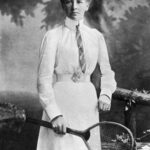
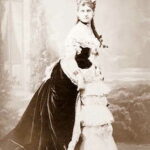
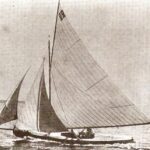
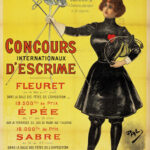
Despite these advances, women’s sports faced a setback in 1910s-30s due to concerns about the effect of sports competition on women’s health, Organizations like the National Amateur Athletic Federation and the Amateur Athletic Union took the stance that women’s sports should not involve competition, record breaking, or monetary gain, and should instead be focused on enjoyment and character building. However, private women’s athletics clubs still flourished.
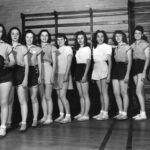
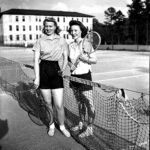
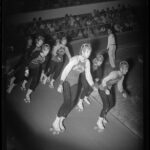

The absence of young men in the 1940s due to World War II led to more sporting opportunities for women, including an All-American Girls Baseball League and golf competitions. The popularity of events like these as well as the beginnings of second wave feminism led to a rise in intramural and intercollegiate sports in the 1950s and 1960s. Thus, organizations like the Commission on Intercollegiate Athletics for Women were born.

